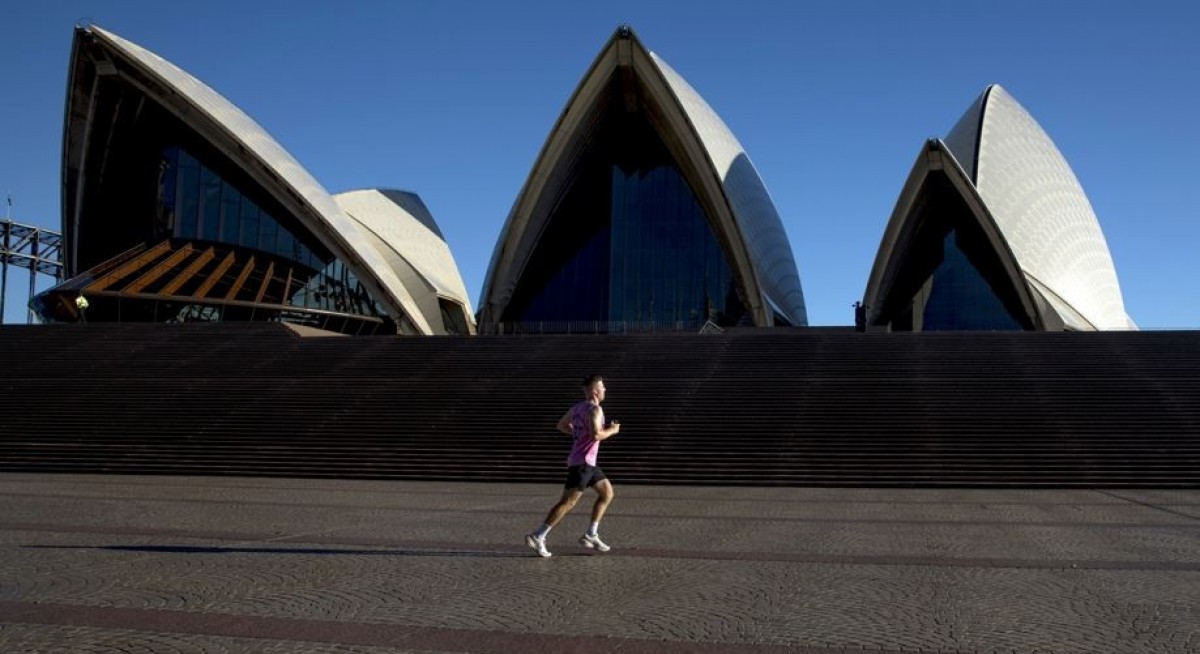Even so, the report indicates the broader economy is underperforming compared with its 20-year pre-pandemic average of almost 3%. The RBA’s latest forecasts see GDP rising 1.7% this year, a pace that falls short of its downgraded assumption for the economy’s long-run potential growth. The central bank last month cut the cash rate to 3.6%, in its third reduction for the year and signaled a couple more cuts will be needed to meet its employment and inflation objectives. The RBA judges that policy remains “still somewhat restrictive” even with the cash rate now at the lowest level
since April 2023.
The RBA is trying to assess how much further it can ease in an environment of a still-tight labor market and poor productivity growth. “End of financial year sales and new product releases contributed to rises in discretionary spending on goods including furnishings and household equipment, motor vehicles and recreation and culture goods,” Tom Lay, ABS head of national accounts, said in a statement.
Public investment fell 3.9% and was the largest detractor from growth, the ABS said, adding that excluding the Covid period, this was the largest fall since September 2017. Australia’s productivity performance is trailing much of the developed world and the center-left Labor government convened a gathering of business leaders, trade unions government officials and other experts last month to generate ideas to help reverse that trend.
Treasurer Jim Chalmers highlighted 10 areas of consensus and has already announced plans to scrap a number of so-called “nuisance tariffs.” Yet while the government can try to create the conditions for stronger productivity, the private sector will also need to play its part.
See also: What the conventional economic wisdom is missing
The GDP data spanned a period of global volatility and some domestic uncertainty. President Donald Trump unveiled his initial tariff plans, causing upheaval in markets, while Australia was in the middle of an election campaign that had seemed tighter than the landslide victory eventually won by the ruling Labor Party in early May. Australia’s economic growth has been anemic in recent times with output per person declining for seven consecutive quarters through 2023 and much of 2024, a sign of falling living standards.




